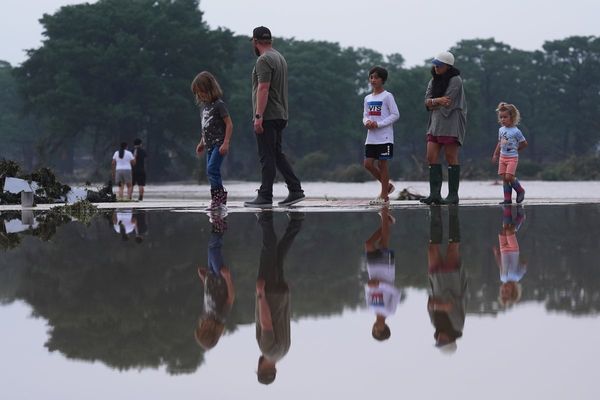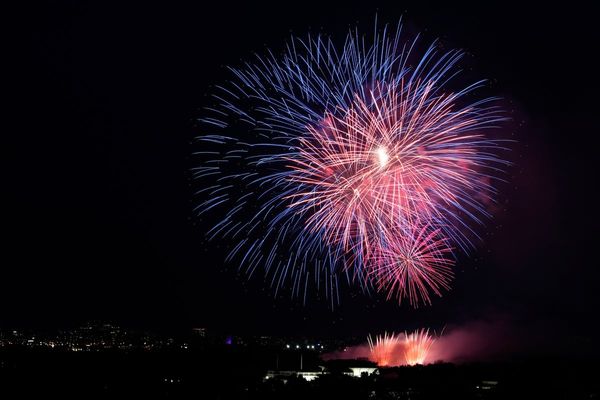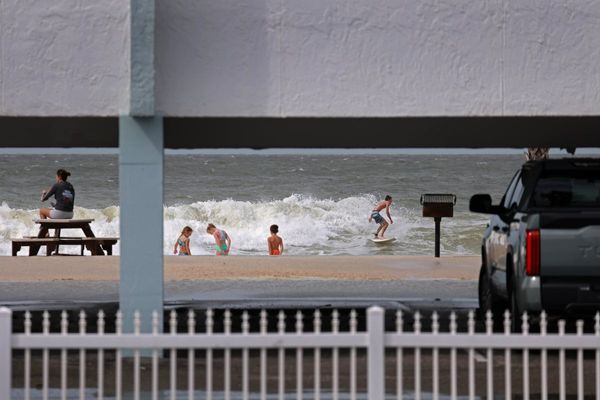
Boating at Purana Quila lake in central Delhi will start again, sources in Archaeological Survey of India (ASI) said.
The water body, which forms a part of the moat surrounding the 16th century fort, attracted more than 2500 visitors over the weekends before boating was stopped there in August 2016. The lake stretches from Talaaqi Darwaza of the fort to the Bada Darwaza.
“Boating had to be stopped after the water body became too shallow because of years of siltation. It has now gone totally dry. Efforts are on to revive it,” said an official of the ASI. All that remains now are some boats stranded on the cracked and dried up bed of the water body. See pictures.
Delhi Tourism had a five-year agreement with ASI to manage boating in the lake, which was not renewed last year.
The National Green Tribunal on May 19 directed the authorities to revive and restore water bodies in the city, including this lake.

“We have directed selective dredging of the water body of the Purana Quila’s lake. It should be done cautiously and limited for the purpose of the restoration and revival of the lake. The process of dredging should include cleaning of channels leading to the lake,” the bench headed by NGT chairperson Justice Swatanter Kumar had said on May 19.
Sources in the ASI said that dredging and desilting the water body was taken up in April before the NGT’s directive. Contracts have already been awarded and work is going on. “Boating facilities will start once the dredging is complete and the water body is filled up with water,” said an official.
Earlier the moat was connected to river Yamuna, which used to flow on the east of the fort. But now the river has shifted its course and is at least 4 km away from the fort.
“We would either have to wait for the Monsoon or fill up the water body with treated water. It would take another two months before the dredging is complete,” said an ASI official.
The NGT has also directed the Delhi government and the corporations to revive and restore all the water bodies across the city.
According to estimates provided by the state environment department, there are more than 600 water bodies spread across the city in the form of village ponds, lakes, marshes and step wells.







